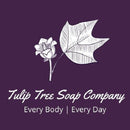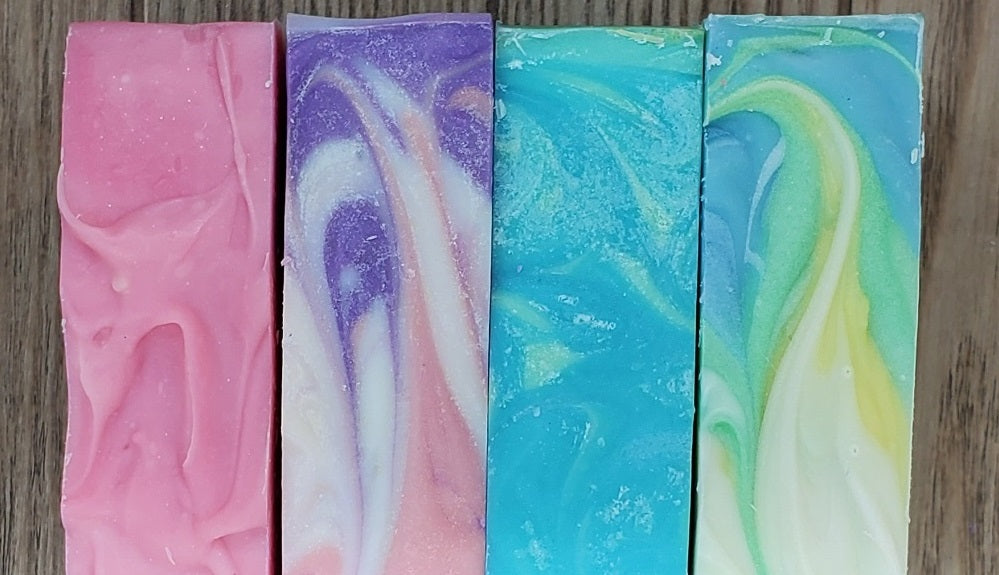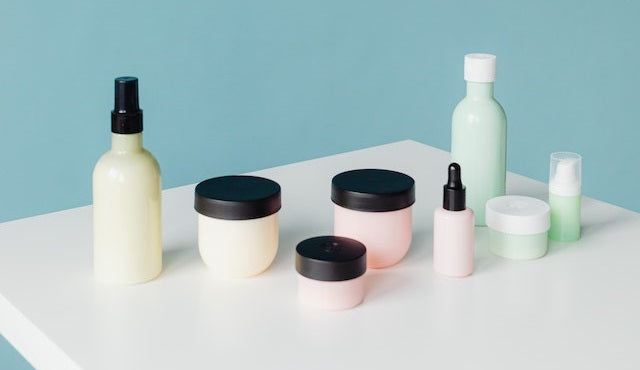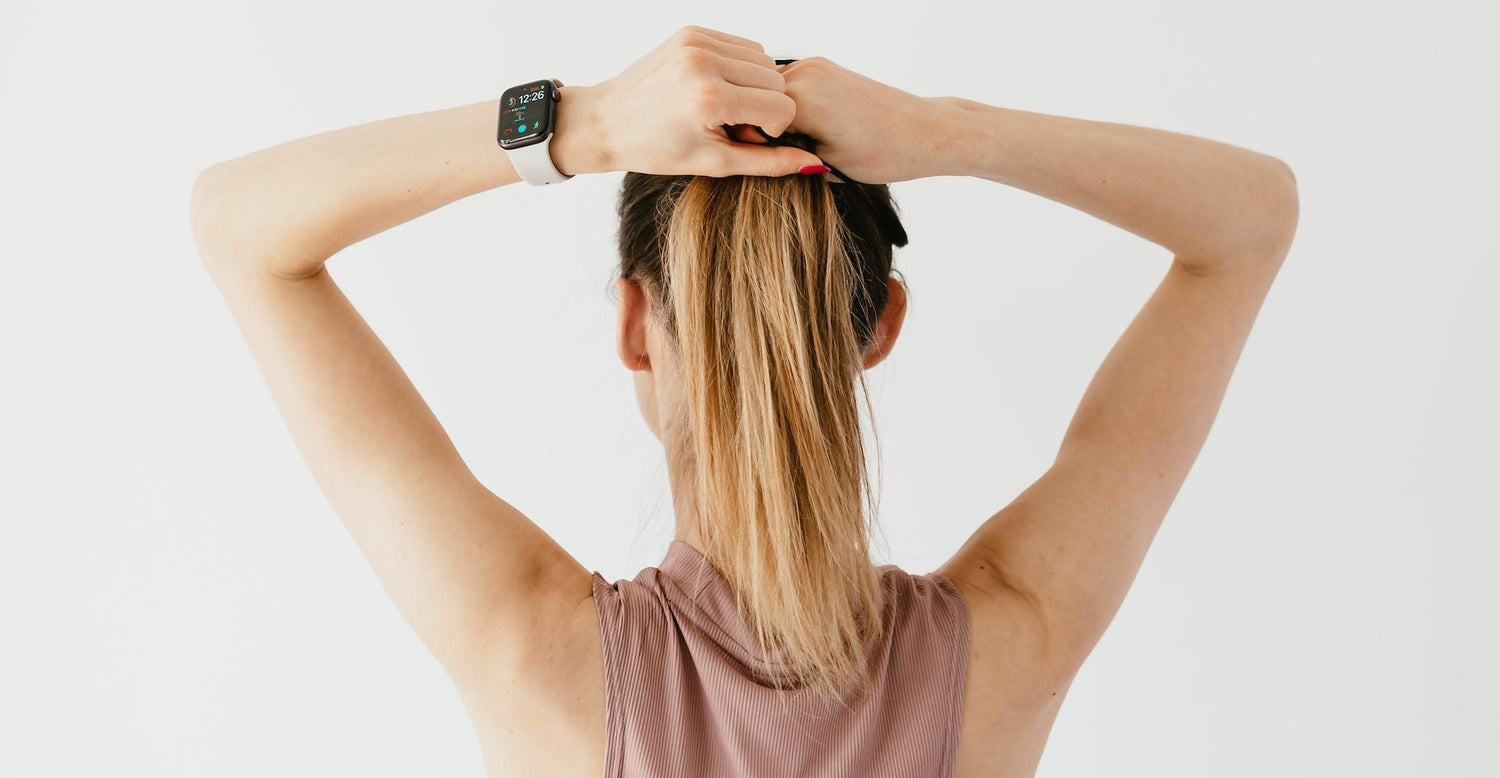We all know we need to reduce waste and do our part to help the environment but diving in to living sustainably and going 100 percent eco-friendly can be overwhelming, cost-prohibitive, and not always realistic depending on where you live, family factors, your job, etc.
Here's the thing - you don't have to be all or nothing. Just because you can't give up your minivan for a compact hybrid, invest in solar power, or eat sustainable, organic foods, doesn't mean you can't make little shifts that are accessible and affordable (Two things we're ALL about at Tulip Tree). The place where most waste happens is the bathroom, so let's start there with three easy steps to an eco-friendlier bathroom.
Stop Using Flushable Wipes
Seriously, baby wipes, flushable wipes, etc do not need to go in the toilet. They don't break down or decompose, and they are now the reason for up to 90 percent of blocked sewage lines because they create "fatbergs." What's a fatberg? It's a giant, solid mass in a sewer pipe made up of grease, wet wipes, and other non-biodegradable materials. Gross. They either break the lines and cause sewage to leak out or back up into residential and commercial lines. Again, gross.
And if they do make it out of the pipes, guess where they end up? In the waterways, where they float around and cause harm to marine life. Unlike paper, wipes contain microplastics that don't break down, along with preservatives and other chemicals that, while generally seen as skin-safe, shouldn't be floating around in the water ways.
Worried about the cleanliness of your posterior? Invest in a bidet.
Reconsider Your Cleaning Products
Okay, I'm writing this during the time of COVID, so now is not the time to skimp on cleaning, and a lot of cleaners labeled eco-friendly are EXPENSIVE. But, a lot of commercial cleaners are not only bad for the environment, they aren't great for our health, either. So, when you're cleaning the bathroom, try these safer, effective, affordable options instead:
- Use vinegar to wipe down dirty surfaces and cut anything greasy. Not that there's usually grease in a bathroom. But still. It's a good, natural cleaner, it's great for glass and mirrors as well as counters and floors, and it's super cheap. Don't like the smell? Add a bit of lemon juice or lemon essential oil.
- Swap disinfectant sprays and bleach for hydrogen peroxide. Add some to a spray bottle and use it to sanitize hard surfaces like counters, toilets, doorknobs, light switches, etc. Spray, let it sit for about five minutes, then wipe it off or just let it air dry. Easy, cheap, and WAY better for the environment.
- Skip the disinfecting wipes for paper towels - Paper towels break down much faster than the cleaning wipes.
- Want to scrub your bathtub with a more abrasive cleanser? Instead of Comet or Ajax, try Bon Ami - it's made with a blend of limestone and feldspar with mild, natural surfectants. Or just use baking soda. It works fine. Just don't mix baking soda and vinegar as the two cancel each other out.
Swap Out Single Use Plastics in the Bathroom
The number one thing you can do that will make an impact on the environment is cut down on single use plastics. There are literally islands of plastic waste floating in the oceans, and only nine percent of all plastic is recycled. When you take a look at your bathroom and the side of the bathtub, you probably see a bottle of hand soap, a bottle of body wash, shampoo, conditioner, lotion, make-up, toothpaste tubes, toothbrushes. This is a LOT of plastic that's going to end up in the trash, then the landfill or the ocean. But it doesn't have to be.
- Use bars instead of liquid soap. Bar soap works just as well, and typically comes in paperboard boxes that break down fast. Bonus points for using a natural, handmade soap as those tend to have more sustainable ingredients.
- Swap out your shampoo and conditioner for a shampoo bar and a conditioner bar. Liquid shampoos and conditioners are around 80 percent water and come in plastic bottles. Shampoo bars and conditioner bars tend to be wrapped in biodegradable paper and contain no water.
- Use what you've got. Not everything is available in eco-friendly packaging or the eco-friendly option (like bamboo toothbrushes and silk dental floss) is out of the budget, but you can reduce how much you buy when you use what you've got instead of letting half-filled and half-used items clutter under your sink before throwing them away.
- Reuse what you can. When something comes in a jar (like our exfoliating sugar scrub), wash it out and use it to store stuff like screws and nails in the garage, pom-poms and buttons in your craft area, etc.
Shop Our Eco-Friendlier Products
At Tulip Tree Soap Company, we're doing what we can to improve sustainability and providing eco-friendlier options while still ensuring our products are accessible and affordable to more people. This includes using paper and paperboard packaging where it's possible, minimizing the trash and waste we create, and using sustainable ingredients. Check out our products or add a comment to share how you are living an eco-friendlier life!




